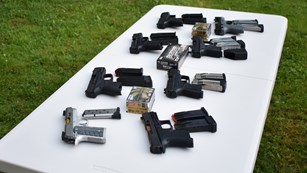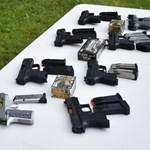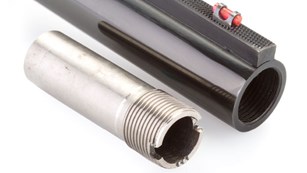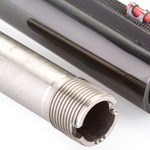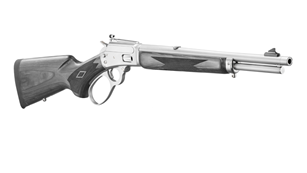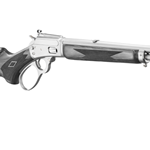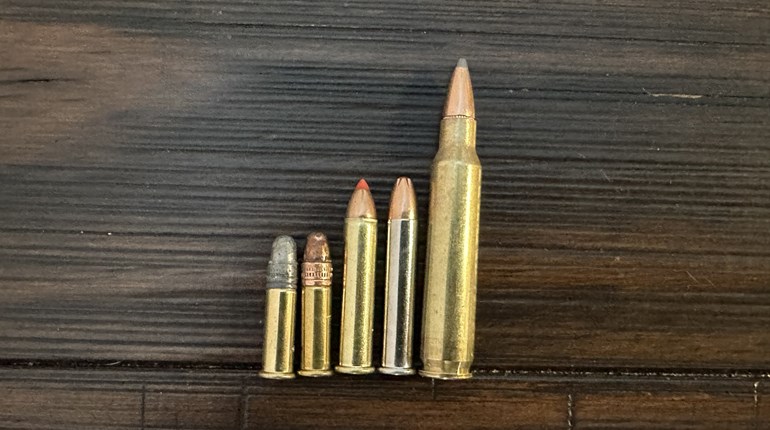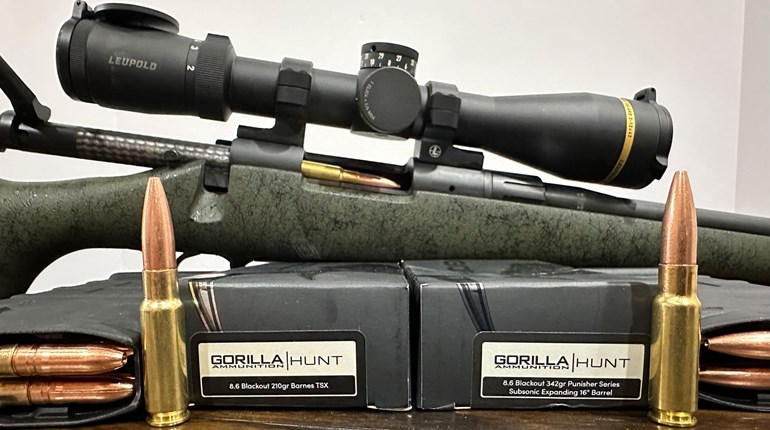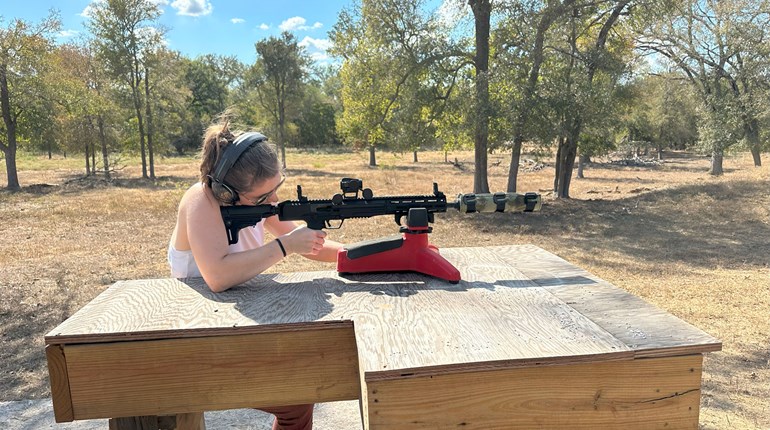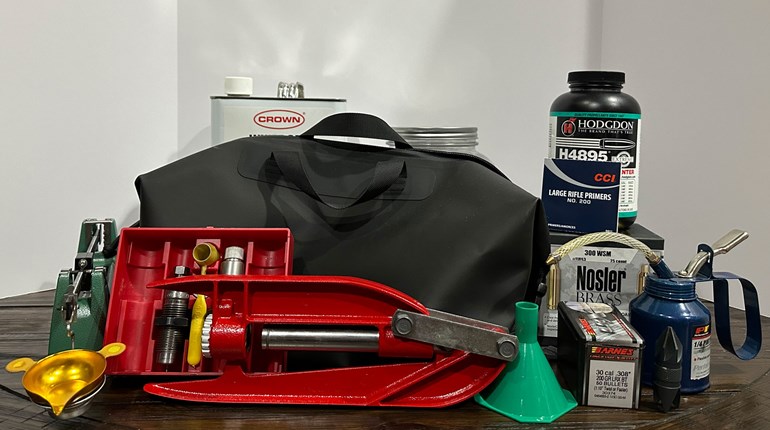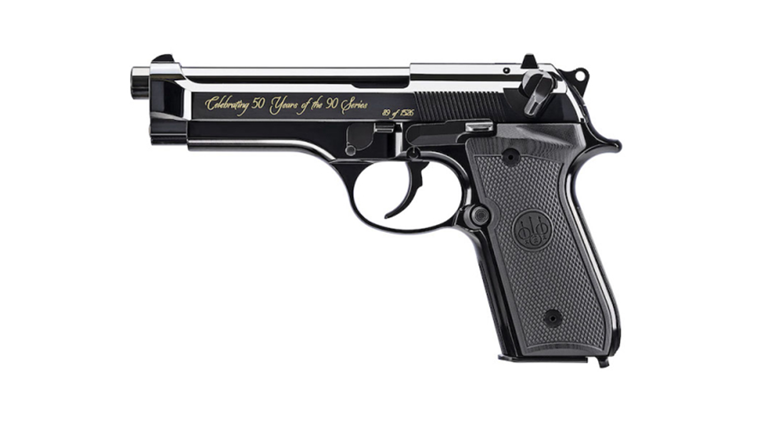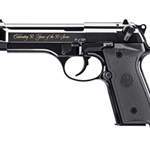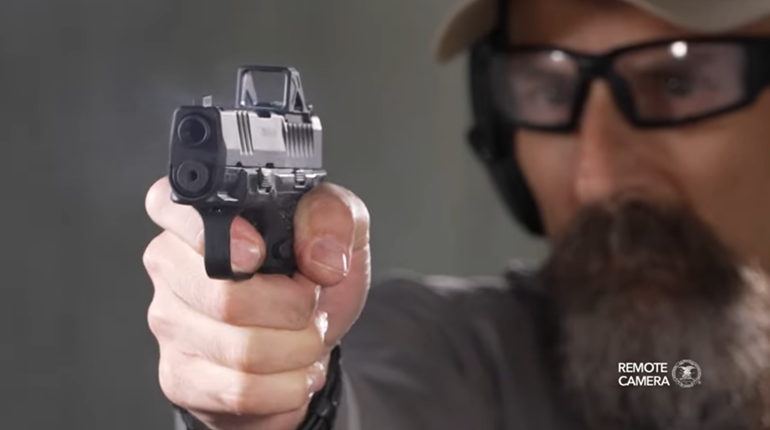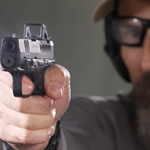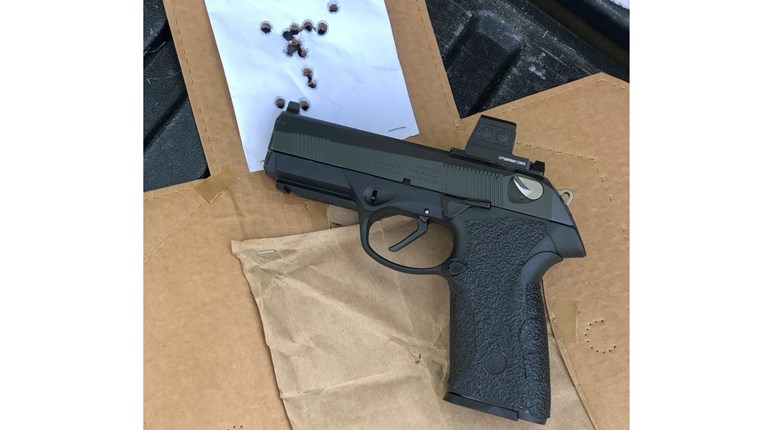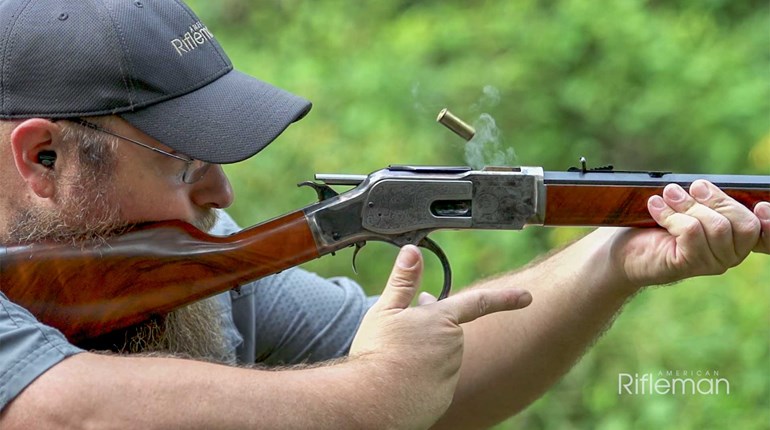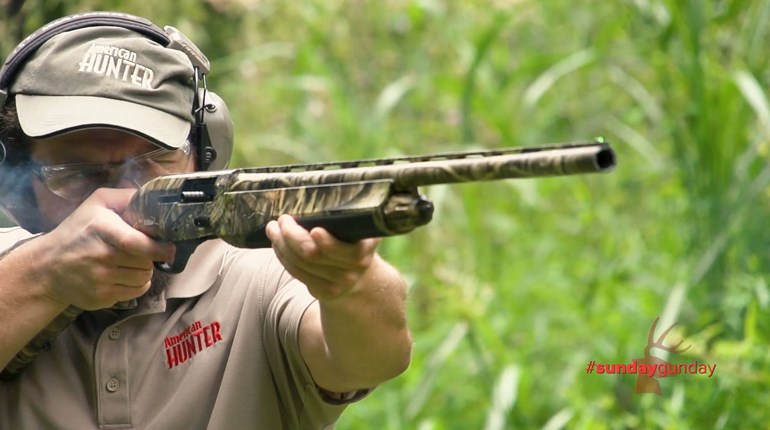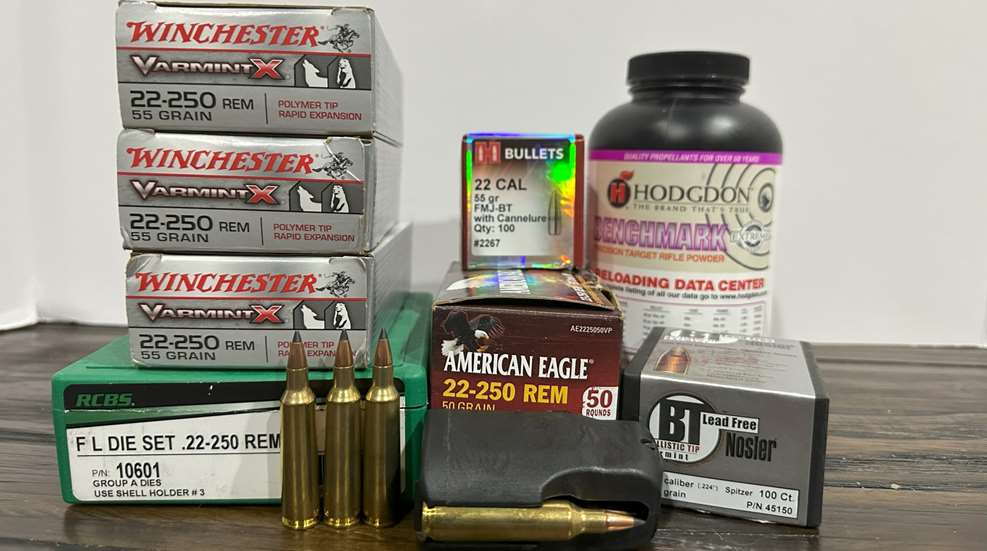
When one thinks of .22-caliber centerfire cartridges, far and away the most popular is the .223 Rem. But there’s a cartridge that vastly outperforms the civilian version of the 5.56, and that’s the .22-250 Remington. They’re both made by Remington and fire a .224-caliber bullet, but there’s a drastic difference. The former fits in the AR-15-sized action, while the latter fits in the AR-10 – or other short-action rifles and pistols.
The Long and Short of It
For those not in the know, the .22-250 Remington has a long history. The cartridge started life as a wildcat way back in 1937, derived from the then-new .250/3000 Savage cartridge (released in 1915), making it one of the oldest centerfire cartridges in existence. The Savage cartridge was necked up and down, and a wildcatter group settled on a .224-diameter bullet, calling the wildcat the “.22 Varminter."
It wasn’t until 25 years later that Browning introduced the first rifles in “.22 Varminter” in 1963. In 1965, Remington took the initiative to commercialize the cartridge, putting its own name on it. Since its inception, the .22-250 Rem. has been the king of speed, pushing bullets faster than anything still on the market. Its only downfall in the modern era is that most rifle barrels still use the SAAMI spec rifle twist, which is incredibly slow (my Browning X-Bolt has a 1:14 twist), rather than the fast 1:8 or 1:7 twist rates of today’s barrels. That said, what’s the .22-250 Rem. good for? Well, if speed’s the name of the game for the .22-250 Rem., that means it’s good at quite a few things, namely varmint hunting, as its original namesake implies.
Barreling Down the Barrel
Using the .224-caliber standard bullet weight of 55-grain bullets, the standard .223 Rem. cartridge propels projectiles at about 3,000 to 3,300 fps depending on powder and charge weight. While respectable, the .22-250 Rem. pushes the same bullet 300 to 600 fps faster than the fastest .223 Rem. load by comparison. This translates into far less drifting in wind and dropping due to gravity; it also means more energy. Let’s compare some Hodgdon data using fastest loads for each cartridge.
The .22-250 is pushing a .55-grain bullet to 3,887 fps using 42.5 grains of Winchester StaBALL 6.5, while the .223 is pushing the identical bullet to 3,384 fps using a compressed charge of 27.5 grains of Varget powder. Almost 500 fps difference exactly. That 500 fps isn’t crucial at close range, but as the respective bullets travel farther, the additional 500 fps starts to count—in my opinion, this is most relevant when the difference in drop is larger than an MOA-sized group at a given distance (1 inch at 100 yards, extrapolated at most to 10 inches at 1,000 yards).
Don’t Get It Twisted
The downfall of the .22-250 is it didn’t keep up with the times (that’s not to say you can’t get a tight-twist .22-250 custom barrel). But, if we go to extremes, we see bullets as light as 35 grains listed in Hodgdon’s data. Be forewarned, this is where things can get weird depending on rifle twist rates. A tighter twist in the barrel will help stabilize heavier, longer bullets. Tight twists don’t necessarily hurt short bullets, but at extreme speeds, issues can arise. That twist rate determines how fast bullets spin; some barrels are spinning a .224-diameter bullet literally twice as fast as others (1:7 versus a 1:14 twist rate in this example). Why does this matter? I spoke with someone at a writer event many years ago who said he personally witnessed bullets being both spun and propelled so fast that the projectiles came apart midflight before reaching the target. Why?
You can work with one or the other, but not both; two forces (spin and speed) acting in two directions (laterally and longitudinally) on an object that is made up of a soft, malleable metal (lead) isn’t going to fare well fighting physics. The projectile in question, assuming it’s thrust from a barrel with a fast twist at top speed, is going to be rotating at just under 463,000 RPM while traveling nearly 4,500 fps. The frontal force of wind resistance and air density (plus humidity adding to the air density), and the lateral centripetal force from the spinning combine, creating greater force than the structural integrity of the bullet can take, making it break apart.
That means you’ve got to give up either speed or spin for the projectile to handle the force (we discussed something similar in the 8.6 BLK Ammo Awareness). While a .22-250 barrel nowadays can have a 1:7 twist for heavy bullets, having the case capacity to push the heavier bullets unlike the .223, the cartridge was still built for speed. This is why many .22-250 Rem. rifles have longer barrels (mine is 26 inches compared to most barrels being 20 to 24 inches); they’re necessary to make the most out of the .22-250’s large case capacity relative to its bore size and light projectiles.
A .22 by Any Other Name
Many of you may be thinking that this is simply a matter of size; a .223 Rem. is just slower than a .22-250 because of case size. Yes, that’s the basic gist of it, but there’s a theory as to why one might grab a .22-250 rather than a .223. Why would someone want a bigger .22-cal. rifle when ARs abound in 5.56?
One, .22-250 rifles use a true short action rather than a mini-action like those from Howa; if you’re a bolt-gun guy or gal, short actions are a lot more common, and the chamberings offer much more variety, so more can be done with rechambering if you choose to alter them later down the road. Mini action lengths, on the other hand, only work with those cartridges that will fit in an AR-15 sized action, and while the number of cartridges for the AR-15 platform are on the rise (see Hornady’s ARC series, for example), short-action cartridges far outnumber AR-15-length cartridges.
Cartridge selection isn’t the only sticking point; aftermarket parts, such as stocks, magazines, and other accessories are far more common for short-action rifles (think Rem. 700 rifles) compared to a Howa Mini Action. Lastly, regarding ARs specifically, you can still get a semi-auto .22-250 in the AR-10 platform, so you don’t lose any follow-up shot opportunities (which you’re far less likely to need, ironically, if you hit something with a .22-250 Rem. than with a standard .223 Rem.). And many parts for the AR-15 will fit on an AR-10, like stocks and pistol grips.
All this to say, if you’re a fan of the 5.56 NATO/.223 Rem., or if you’ve already got one, it’ll do just fine. But if you’re looking to up the ante, want a niche cartridge, or like handloading to extremes, the .22-250 Rem. will drastically outperform any of your buddies’ AR-15-sized cartridges.

